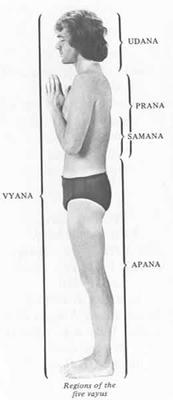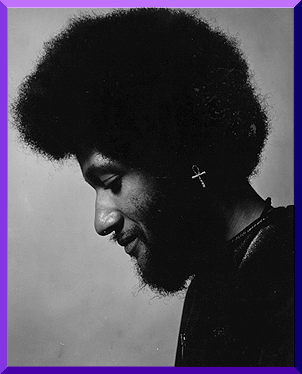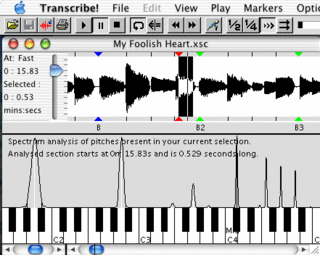To be a working Jazz musician requires one to constantly be booking and promoting gigs. It's getting less and less common to have steady gigs anymore. The player is usually responsible for doing much of the promotion that the club owner used to do. The club may have an ad in a weekly paper or a listing in the entertainment section, but many times this isn't enough to
ensure a decent crowd. When I was younger I didn't take promoting my gigs very seriously. I just cared about making the music good and pinning down the next gig. If you don't draw many listeners to your gig it doesn't really matter how good you play. You probably won't get many more gigs there in the future. Besides, how much fun is it to play to an empty house?
I've found that posters are not always the best way to advertise your gigs. Postering is expensive and time consuming. If it's a big show that needs promotion, consider having a professional postering company put up 100 or 150 posters. These companies usually charge around 50-60 cents per poster. They have well established routes and know where all the high traffic spots are. They blanket the city in a way that is impossible for an individual to do. If you are going to take the trouble to do this, make sure you have a great eye-catching poster. You should be able to find an inexpensive struggling professional graphic artist at a reasonable price (try Craig's list) if you aren't artistically inclined.
Mass media is the musician's best friend. Make sure you send out your press releases for your gigs about two weeks before they happen. Don't send out promo for a few days before your gig and expect to get media coverage. Make an effort to put together email AND fax lists for every paper and radio station in town. Get promo material to all of them. Make sure your press releases are interesting and short enough so they can be printed or read without needing any editing. Take the time and read some good press releases to learn how to write a good one.
Writing music press releases article
- Make sure you send a note to the music calendar editors. These are usually different folks than the journalists.
- You should try to develop personal relationships with the writers and DJs that cover Jazz. Call the papers or radio stations and find out who they are and get their contact information if you can. Don't just send them CDs and promo material randomly. Call them when they're working or write them and let them know that you'll be sending them something. Always follow up after sending promo material. Say that you're calling just to see if they received your package/CD/press release. Make friends with these people, they are invaluable! Send them free tickets to your shows, flowers, chocolate. Try inviting them to recording sessions or rehearsals.
- Try to get on the radio as a guest before your gig. People's memories are short so do this right before your gig. Many radio stations have web sites and live music listings. If there is a Jazz society in your town, they usually have some kind of newsletter or calendar you can submit to. Craig's List is also free and has high traffic.
- Get your demo CDs to the DJs to play on their shows. Again, follow up. CDs are expensive.
- Find out when the outdoor fairs and festivals happen and start working on them six months before they happen. Many times these will be booked by a professional booking agency.
- Contact every booking agency, caterer, and party planner in the phone book. These are the real money gigs.
- Work on an email list. Bring a notebook to every gig and make sure to ask the audience to put their email info in it. Trade email lists with other similar bands to expand your contacts. Remember to always put your addresses in the Bcc: section when you do your mailings. This way other people can't get your addresses without your permission. In the past, bands sent out postcards to fans about their upcoming gigs, emails are FREE. Take advantage of this techonology. You also may want to upload your high quality music mp3s to a free streaming server like Music for Dozens.com. Then put a link to the site in your e-mail gig announcements.
- Get on the phone and personally invite people to your gig. This is much more effective than any other promotion method. People will respond to a call much more to a call than an email.
- Talk the club owner into offering some kind of food or drink special just for your gig. Use this as a draw in your promo materials.
- Save every review, blurb and ad about your band for your promo package. If no one is writing about you, ask some established musicians to write a few sentences about your music.
- People are always more interested in musicians and bands from out of town. Bring in a player from out of town for a few gigs to generate more buzz. You'll be more likely to get more media coverage this way. Set up some private students or a master class to make it worthwhile for them to travel to your town. Many great players are looking to get out of the big cities and have their expenses covered.
If you become a good promoter you can make decent money playing even door gigs. Always give yourself plenty of time to promote gigs. No musician can afford to ignore this important element of the music business. As you start putting some effort into promotion it will get easier. Your mailing list will grow, your relationships with the media will develop and you will begin to draw the types of crowds to your gigs that want to hear what YOU are going to play.




































